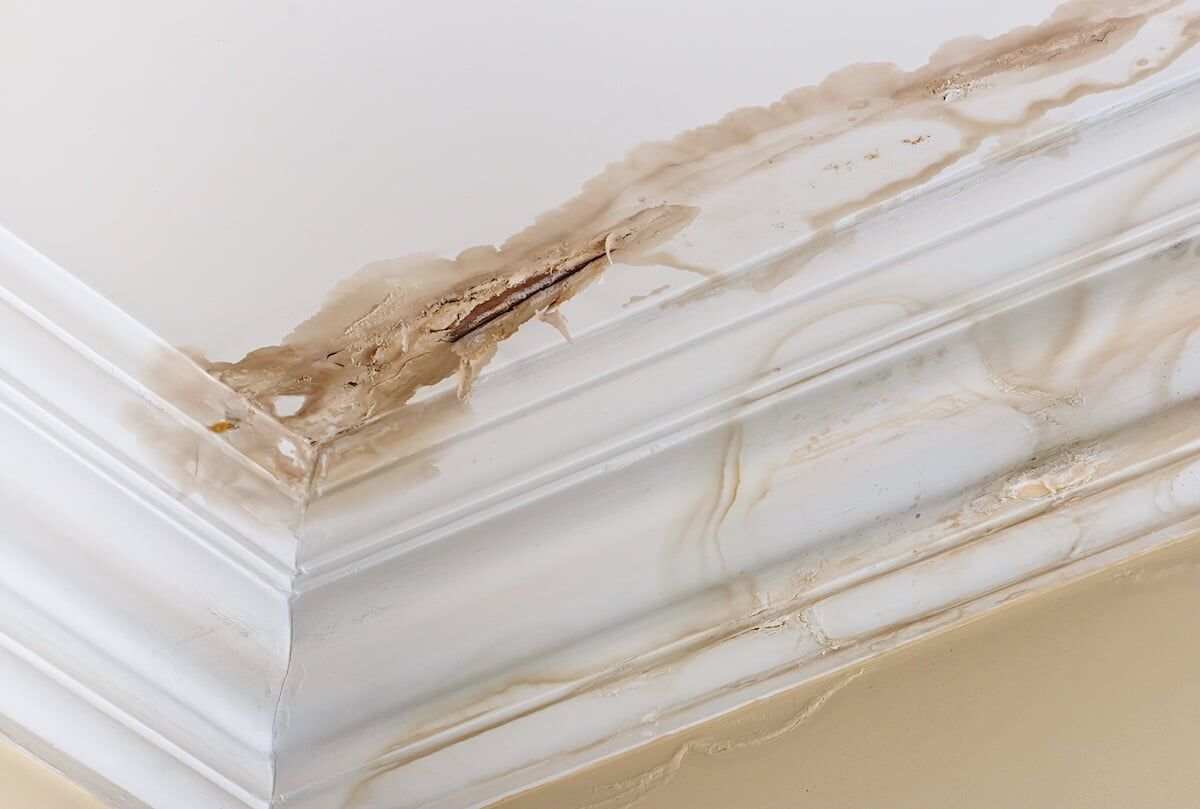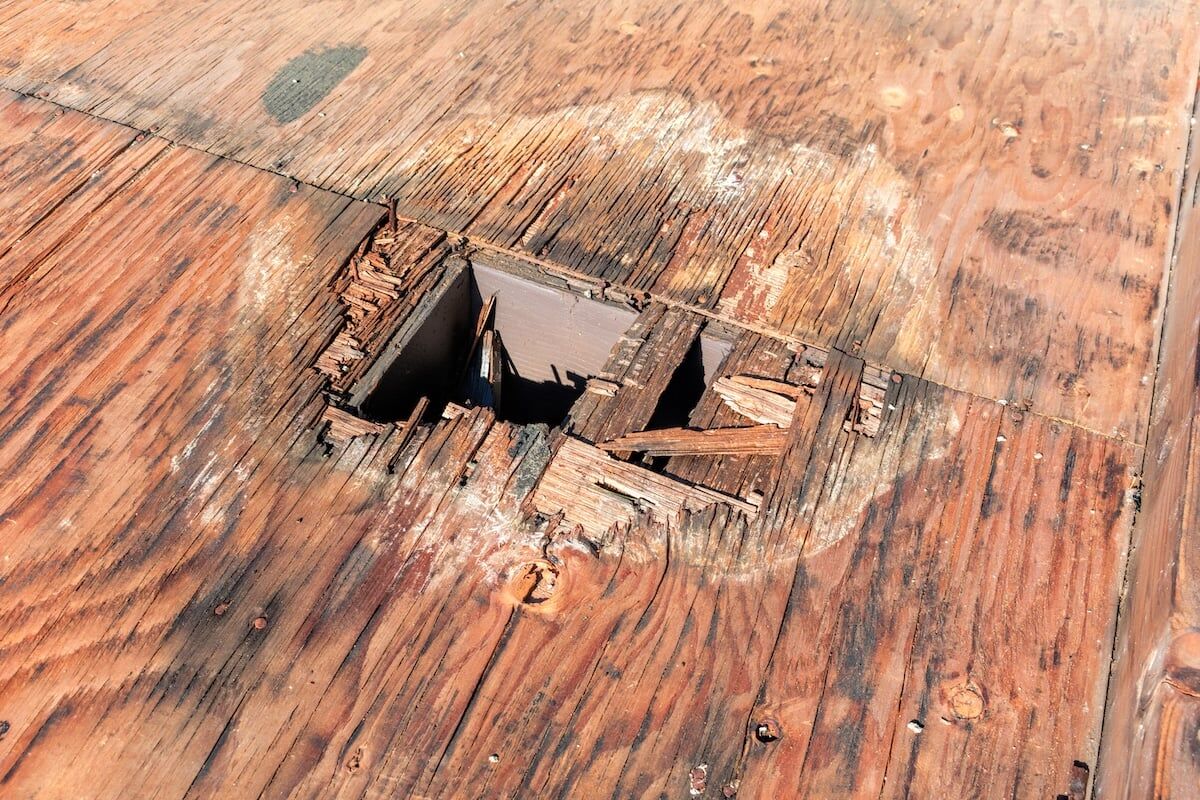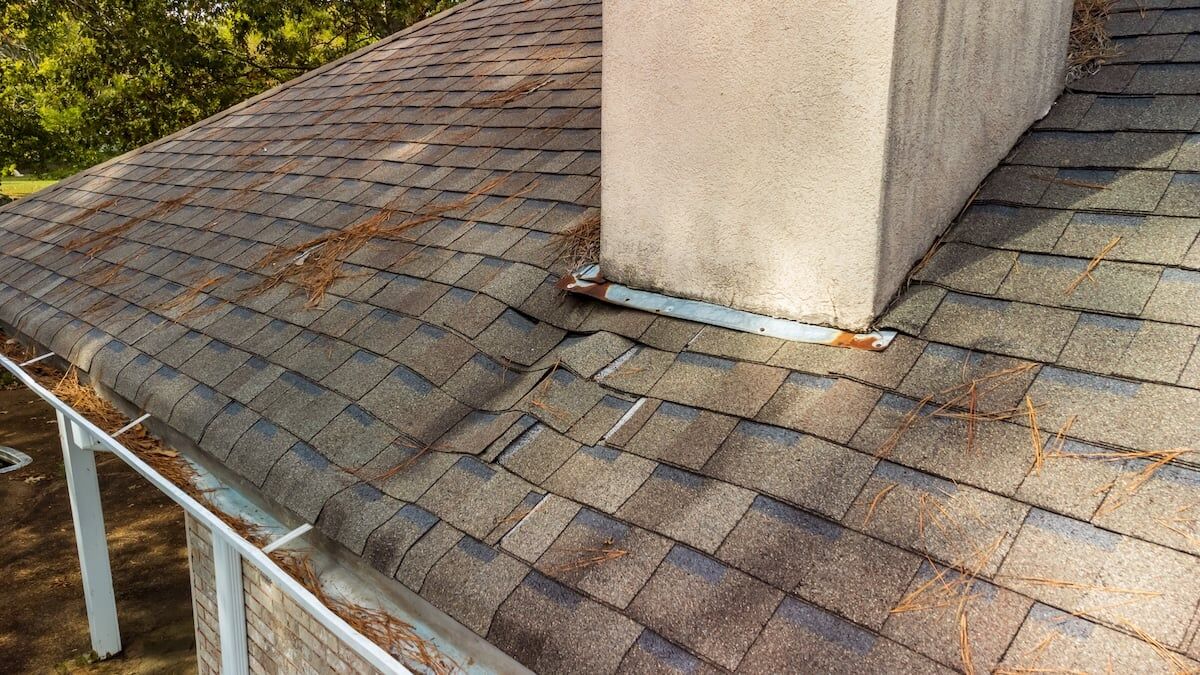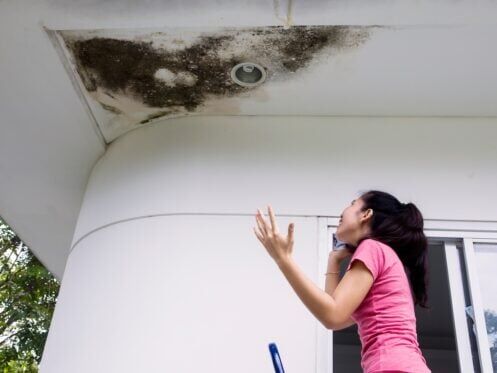Mold from roof leak issues is not just an inconvenience… it’s a serious threat to both your home and your health. When water seeps through a damaged roof, it creates the perfect environment for mold to grow and spread. Many homeowners underestimate the long-term consequences, but ignoring mold can lead to costly structural repairs and significant health risks for your family.
- Health hazards: Mold spores affect air quality and trigger respiratory issues.
- Structural damage: Moisture and mold weaken wood, insulation, and drywall.
- Escalating costs: Delaying repairs allows damage to worsen, leading to expensive remediation.
💧 How Roof Leaks Lead to Mold Growth
A roof leak is more than just a drip in your ceiling. Once water penetrates the roofing system, it often travels through attic spaces, insulation, and walls before becoming visible. This hidden moisture provides the perfect breeding ground for mold, especially in dark, poorly ventilated areas. In Indiana, where heavy rain and snow are common, unchecked leaks can accelerate mold growth in just 24 to 48 hours.

🏠 Why Indiana Homes Are at Higher Risk
Indiana’s climate makes homes especially vulnerable to mold growth after roof leaks. Spring and summer thunderstorms drop large amounts of rain in a short time, overwhelming damaged shingles and flashing. Winters bring heavy snow and ice that weigh down gutters and roofing materials, often leading to hidden leaks once melting begins. The freeze–thaw cycle can expand small cracks into larger gaps, making it easy for water to penetrate the roof system. Combined with the state’s high humidity, these conditions allow mold to develop more quickly compared to drier regions.
😷 The Health Risks of Mold Exposure
Mold is not something to ignore. Exposure to mold spores can create a wide range of health problems, particularly for children, seniors, and individuals with asthma or allergies.
- Respiratory irritation: Coughing, sneezing, and sore throats are common early symptoms.
- Worsening asthma: Mold can trigger asthma attacks and make symptoms harder to control.
- Allergic reactions: Itchy eyes, runny noses, and skin irritation are often linked to mold exposure.
- Chronic illness: Long-term exposure may contribute to fatigue, headaches, and more serious conditions.
The longer mold remains in your home, the greater the impact on indoor air quality and family health.
🏚️ The Structural Damage Mold Can Cause
Mold doesn’t only affect people, it also damages your home. Left untreated, it eats away at building materials, weakening your home’s structural integrity.
- Roof decking deterioration: Mold thrives in damp wood, leading to rot and costly repairs.
- Insulation damage: Wet insulation loses effectiveness, driving up energy costs.
- Drywall decay: Mold weakens walls and ceilings, often requiring full replacement.
- Hidden spread: By the time you see mold spots, the damage beneath the surface may already be extensive.
Structural damage from mold often requires more invasive restoration work, making early detection and roof repair critical.

⚠️ 4 Signs You May Have Mold From a Roof Leak
Not all mold is immediately visible, which is why homeowners need to recognize warning signs.
- Musty odors: Persistent odors often signal hidden mold growth in attics or walls.
- Water stains on ceilings or walls: Discoloration usually points to an active or past leak.
- Peeling paint or bubbling wallpaper: Moisture trapped behind surfaces often leads to mold.
- Increased allergy symptoms indoors: If symptoms worsen at home but improve outside, mold may be the cause.
🛠️ Why Delaying Repairs Makes Mold Worse
One of the biggest mistakes homeowners make is waiting to address a roof leak. Mold spreads quickly, and what begins as a small repair can escalate into thousands of dollars in remediation and replacement costs.
- Faster growth: Mold can spread through an attic in days, not weeks.
- Greater damage: Prolonged leaks saturate more building materials, requiring full replacement.
- Costlier restoration: Mold remediation and structural repairs are far more expensive than early roof repair.
- Insurance complications: Some policies limit mold coverage if the problem results from neglect.
Prompt action saves money, protects your home, and ensures your family’s safety.
📄 Insurance and Mold Damage: What Homeowners Should Know
One of the most common questions homeowners ask is whether their insurance will cover mold removal after a roof leak. The answer depends on how and why the mold developed.
- Sudden damage is usually covered: If a storm tears shingles from your roof and water intrusion leads to mold, many policies will cover both roof repairs and mold remediation.
- Neglect is often excluded: If a roof leak has been present for months and was never repaired, insurers typically deny mold claims, labeling it as homeowner neglect.
- Coverage limits apply: Even when mold is covered, policies may place strict dollar limits on remediation costs. This is why addressing leaks immediately is the smartest financial choice.
- Documentation is key: Professional inspections, repair invoices, and photographs help support insurance claims and reduce disputes.
Working with an experienced contractor ensures you not only stop the leak but also have the proper documentation if you need to file a claim.

✅ How to Prevent Mold From Roof Leaks
Prevention begins with a proactive approach to roof maintenance.
- Schedule regular inspections: Catching small leaks early prevents mold from forming.
- Maintain gutters and downspouts: Proper drainage reduces the risk of water backing up under shingles.
- Address storm damage immediately: Indiana storms often cause shingle loss and flashing damage that lead to leaks.
- Ensure attic ventilation: Proper airflow reduces moisture buildup that encourages mold.
By staying ahead of potential leaks, you can drastically reduce your risk of mold-related issues.
💪 Protect Your Home With Professional Help
Mold from roof leaks is not something to take lightly. It jeopardizes both your family’s health and your home’s structural stability. The smartest approach is to deal with leaks immediately and work with a professional contractor who can stop the water intrusion before it creates larger problems.
At Indy Roof & Restoration, we provide thorough inspections, identify hidden leaks, and repair damage before mold spreads. If mold has already developed, our team will help you navigate the next steps to restore your home safely and effectively. Contact us today to protect your home from the dangers of mold.

